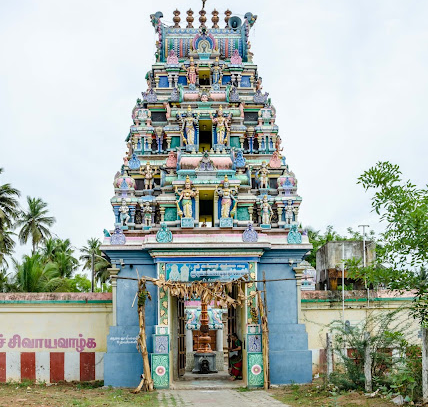Thiruvidaivasal is believed to have been named after a king from the Surya clan named Vidyayan, who built a temple and worshipped here. The name "Thiruvidaivasal" is also associated with "Vidai," which represents the vehicle and flag of Lord Shiva. The temple's connection with Vidya (wisdom) and the worship of Shiva is reflected in its name. The temple was originally constructed by Kulothunga Chola I and has been known as Thiruvidaivasal even before the time of Thirugnanasambandar. The saint referred to this temple in his hymn, mentioning the phrase "Vidaivaye," solidifying its historical significance.
Administration History :
The administration of the Punyakotinathar Temple has historically been overseen by various local and regional authorities, with significant contributions from the Chola dynasty during the temple's reconstruction. After the Chola period, the temple came under the care of various religious bodies, and today it is managed by the Hindu Religious and Charitable Endowments (HRCE), which is responsible for its administration, upkeep, and maintenance. The HRCE ensures the smooth functioning of the temple, including regular rituals, festivals, and the maintenance of its facilities. The temple's historical inscriptions and architectural heritage are preserved, while modern renovations and structural improvements, such as the recent addition of a 3-tier Rajagopuram, are carried out to maintain its sanctity and appeal. The temple continues to attract devotees, with its cultural and spiritual significance upheld by HRCE's efforts in safeguarding its legacy.
